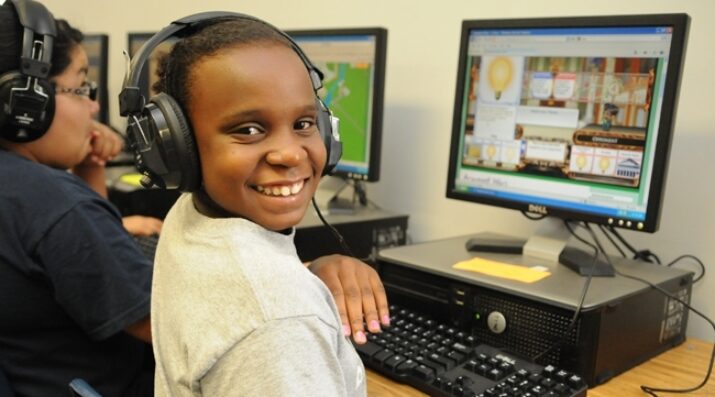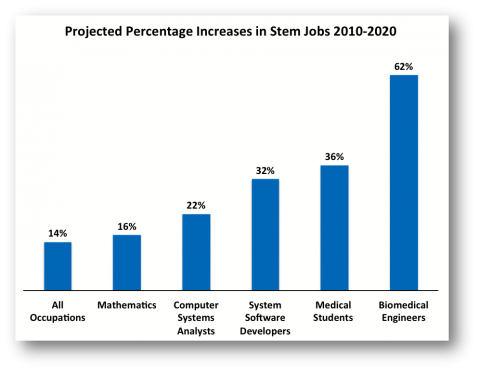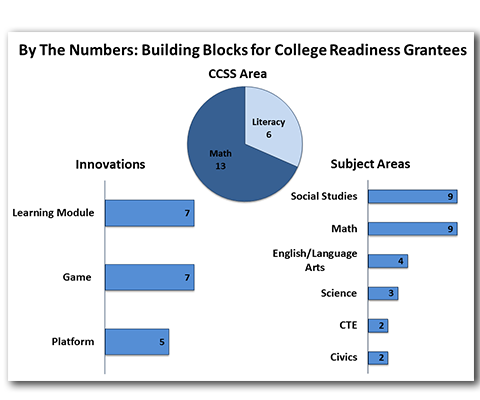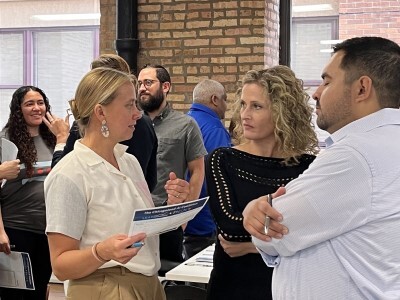Technology Tools
Can Technology Boost Middle School Math & Literacy Standards?
Topics

Educators often take advantage of educational technologies as they make the shifts in instruction, teacher roles, and learning experiences that next gen learning requires. Technology should not lead the design of learning, but when educators use it to personalize and enrich learning, it has the potential to accelerate mastery of critical content and skills by all students.
My recent blog series explored how to promote college or university students’ success; this blog is the start of a new series with a focus on what can be done to help 7th to 9th graders.
My recent blog series explored how to promote college or university students’ success with NGLC's Building Blocks for College Completion technology-enabled solutions.
This blog is the start of a new series with a similar slant, but this time I focus on what can be done to help 7th to 9th graders. After all, before college comes middle and high school—and the transition to high school is fraught with many of the same challenges students face as they transition to college, if indeed they make it that far.
Many students who enter high school underprepared have trouble making it past ninth grade, and a natural question arises as to how technology can sow the seeds for students’ future success at this earlier age.
NGLC's grant program, Building Blocks for College Readiness, explores this very issue with learning technologies, and I plan to share the grantees’ experiences and practices in using technology-enabled solutions to advance 7 to 9th graders’ achievement during these highly formative years.
But before I dig into the takeaways from the grant program relating to teachers, students, and key factors of success, I want to first provide some context: the critical educational challenge the middle school tech innovation program focused on and how the program developed tech-enabled solutions to address this issue.
The Critical Challenge: Preparing 7-9th Students Academically for Lifelong Success
Students reach a critical juncture during grades 7-9 because achievement in English, language arts, science, and math begin to have real lifelong impacts, determining whether or not students:
- Graduate from high school, getting ready for college, and advance to postsecondary education
- Earn a postsecondary degree faster by avoiding non-credit remedial English and math courses in college
- Develop the necessary critical-thinking, problem-solving, and analytical skills to succeed in in their jobs. In addition, STEM (Science, Technology, Engineering and Math) proficiency enhances employment opportunities. The U.S. Department of Education reports greater job increases in STEM-related jobs than all occupations through 2020:

A projection of STEM job growth through 2020
We need to prepare students early on for lifelong success, but we continue to stumble in this task:
- Despite billions of dollars spent to improve public education, nearly three of every ten students will not finish high school. The dropout rate is even higher— nearly 50 percent—among African Americans, Hispanics, and low-income students. (Source: Education Week)
- Only 16 percent of American high school seniors are proficient in mathematics and interested in a STEM career. (Source: U.S. Department of Education)
Initiatives like Common Core State Standards (CCSS) aim to rectify this situation with its grade-level knowledge and skill mastery guidelines in mathematics and literacy aligned to college readiness. But districts, schools, and teachers face the challenge of applying CCSS instruction and curriculum requirements in the classroom.
I think this excerpt from the ASCD report, “Fulfilling the Promise of Common Core State Standards,” describes the situation most succinctly:
“…the most important focus moving forward: ensuring that classroom teachers have the time, tools, and support to make the standards come alive in the classroom. How schools and districts deploy their current resources to facilitate implementation is paramount.” [p. 28].
Each grantee has been challenged to create interactive and high-quality content and get it into the hands of teachers for feedback and refinement.
A Solution: Common Core-Aligned Tech-Enabled Instruction and Assessment Materials
So the critical question is: how can CCSS come alive in the classroom to help students achieve math and ELA proficiency?
Many schools and districts are using more technology in the classroom, from SMART Boards to 1:1 laptop programs to digital content to blended learning, but to what end? The computer-based PARCC and Smarter Balanced CCSS assessments now in play require a level of investment in hardware and IT infrastructure that school systems are scrambling to meet.
But can learning technology be applied, intentionally and systematically, to help teachers make the standards come alive?
NGLC’s Building Blocks for College Readiness program was designed to answer that question. The program funded learning technologies designed to accomplish these interrelated program goals:
- Develop state-of-the-art pedagogy to accelerate student engagement and mastery of seventh-to-ninth grade CCSS-aligned content with deeper learning competencies in mathematics or literacy
- Provide continuous, objective assessment to pinpoint individual areas of excellence and need
From 290 applicants, NGLC awarded ten $250,000 ‘Early Stage Adoption’ grants and nine $500,000 “Proof of Concept” grants in June 2011 for 15-24 month projects.
Grantees met the NGLC challenge in different ways:
- As described in a previous NGLC post:
“Some have developed or refined digital curriculum or tools for teachers. Others have created innovative games and simulations. Each grantee has been challenged to create interactive and high-quality content and to get it into the hands of teachers for feedback and refinement.”
- And illustrated in this chart:

Building Blocks for College Readiness Project Profile
The Building Blocks for College Readiness program reached 80 school districts, 155,946 students, and 161,895 teachers, and yielded these resources:
- A portfolio of 19 innovative, technology-enabled tools that facilitate student mastery of CCSS learning
- Initial evidence demonstrating how various technology-enabled approaches to learning effectively support student success and achieve adoption
- A community to share and expand knowledge about college readiness and completion challenges, solutions, and factors critical to success
But (perhaps most important) is the solutions’ endorsement from those charged directly with student success and CCSS implementation—the teachers who used and evaluated NGLC’s technology-enabled solutions in their classrooms:
“On the whole, participating teachers reported satisfaction with the NGLC Building Blocks for College Readiness solutions. The great majority believed that their students learned the topics covered by these solutions at least somewhat better than they do with more conventional approaches. Moreover, 86% of the respondents say they will use the NGLC innovation again and 90% say that they would recommend it to a friend.” [Source: Teacher Survey by SRI International, the program evaluator]
In my next post, I will explore K-12 technology and the grantees’ tech-related takeaways. All findings are drawn from an external evaluation conducted by SRI International as well as grant recipients' results and observations.




